Blocked arteries – more commonly known as atherosclerosis or Coronary Artery Disease (CAD) – is the #1 cause of death in the United States. CAD affects more than 16 million Americans, and places them at increased risk of heart attack and stroke.
How do arteries become blocked?
Atherosclerosis or “hardening of the arteries” occurs as the result of a lifetime’s buildup of cholesterol-laden arterial plaque inside the walls of the arteries themselves. As you age, the plaque burden becomes greater, and the arterial walls become inflamed and sticky, and attract other substances like lipoproteins, inflammatory cells, and calcium, creating even more of a buildup. These deposits of plaque cause the arteries, which start out smooth and elastic, to become more narrow and rigid. Naturally, this restricts the proper flow of blood to the heart, starving it of the oxygen and nutrients it needs to function properly.
What are the effects of blocked arteries?
Phoenix cardiologists explain that narrowed coronary arteries can lead to cardiac ischemia, in which the clogged arteries simply cannot deliver enough oxygenated blood to the heart to meet its needs. Eventually narrowed coronary arteries may become so narrow that they develop collateral circulation, in the form of new blood vessels that go around the blockage to pump blood to the heart muscle. But during times of stress, these new vessels may not be able to supply sufficient oxygenated blood to the heart muscle for it to keep pumping properly, and the result may be a heart attack. Ischemia is more pronounced when the heart is under load (meaning being used more heavily, for example when you are climbing stairs or exercising). But CAD can progress to the point that ischemia can occur even when the heart is at rest.
Symptoms of blocked arteries and Coronary Arterial Disease
One of the most common symptoms of CAD-related ischemia is angina, or chest pain, often described as feelings of heaviness, aching, pressure, numbness, or fullness in the chest area. Angina can be severely painful, or so moderate that it is mistaken for indigestion or heartburn. Other symptoms include shortness of breath, heart palpitations (irregular rhythms), faster heartbeat, weakness, dizziness, nausea, or sweating. On the other hand, some people with advanced CAD experience no symptoms at all, and their first indication that something is wrong is when they have a heart attack.
How are CAD and narrowed arteries diagnosed and treated?
Phoenix heart doctors can detect blocked arteries and CAD as the result of a physical examination, combined with specialized diagnostic tests such as electrocardiograms (ECG) and stress tests. Treatment for CAD often involves lifestyle changes such as smoking cessation, weight loss, lowering high cholesterol levels and lowered intake of high-cholesterol foods, and adopting a low-fat, low-salt diet. Medications can help to lower blood pressure and cholesterol levels, and to help your heart work more efficiently. In severe cases, invasive surgery may be necessary to open severely clogged arteries.
How can I avoid blocked arteries and CAD?
The best way to be proactive about your heart health is to get a complete checkup from your local Phoenix cardiologist. Give us a call at 888-377-7122 and we’ll set up an appointment to determine the state of your heart health, and based on those findings we can make recommendations to keep you healthy.
